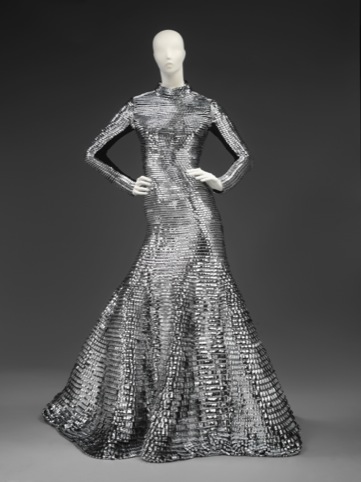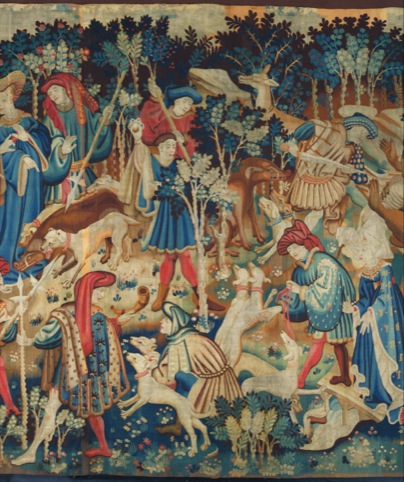V&A to open Clothworkers’ Centre
The V&A is creating The Clothworkers’ Centre for Textiles and Fashion Study and Conservation at the Blythe House site in Kensington Olympia.

Source: © Victoria and Albert Museum
Blythe House
Haworth Tomkins Architects has designed the centre, which will house 104,000 objects ranging from contemporary pieces to small archeological textile fragments from Egypt and huge tapestries made for medieval European palaces.
Set to open at Blythe House, a Grade II listed Edwardian building, on 8 October, the interiors will have ‘an industrial feel’ according to the V&A and comprise reinstated original features with ‘contemporary interventions’.
The original grand entrance is to be re-opened, and a reception area created, which will feature floor-to-ceiling glass cabinets housing changing displays from collections.

Source: © Victoria and Albert Museum
The Clothworkers’ Centre for Textile and Fashion Study and Conservation
A public study room will allow visitors to view the collections first hand ‘in a relaxed and peaceful environment’ with staff and reference books available for consultation according to the V&A. This adjoins to a seminar room accommodating up to 18 people.
The study room will be furnished with restored antique wooden display cabinets taken from the former Textiles Gallery at the V&A’s South Kensington home.
The cabinets will contain 160 framed historical textiles ‘to show the quality, range and diversity of the collection’ and variety of textile techniques and designs, says the V&A.

Source: © Victoria and Albert Museum
Gareth Pugh, 2011
Visitors will be able to book in advance and see specified items displayed in the cases.
The new centre will also provide the V&A Textile Conservation department with upgraded conservation studios, which visitors will able to see into to observe work in progress.
The Clothworkers’ Centre project is part of the V&A’s FuturePlan and will release spaces previously used as storage at South Kensington for public galleries.

Source: © Victoria and Albert Museum
Detail of Devonshire Hunting Tapestry, 1425-30
Blythe House was designed by Sir Henry Tanner and built between 1899-1903 for the Post Office Savings Bank. In 1979 it was acquired by the Government as a place to conserve reserve collections of national museums and galleries and is still used by The V&A, The British Museum and Science Museum for this purpose.
-
Post a comment




